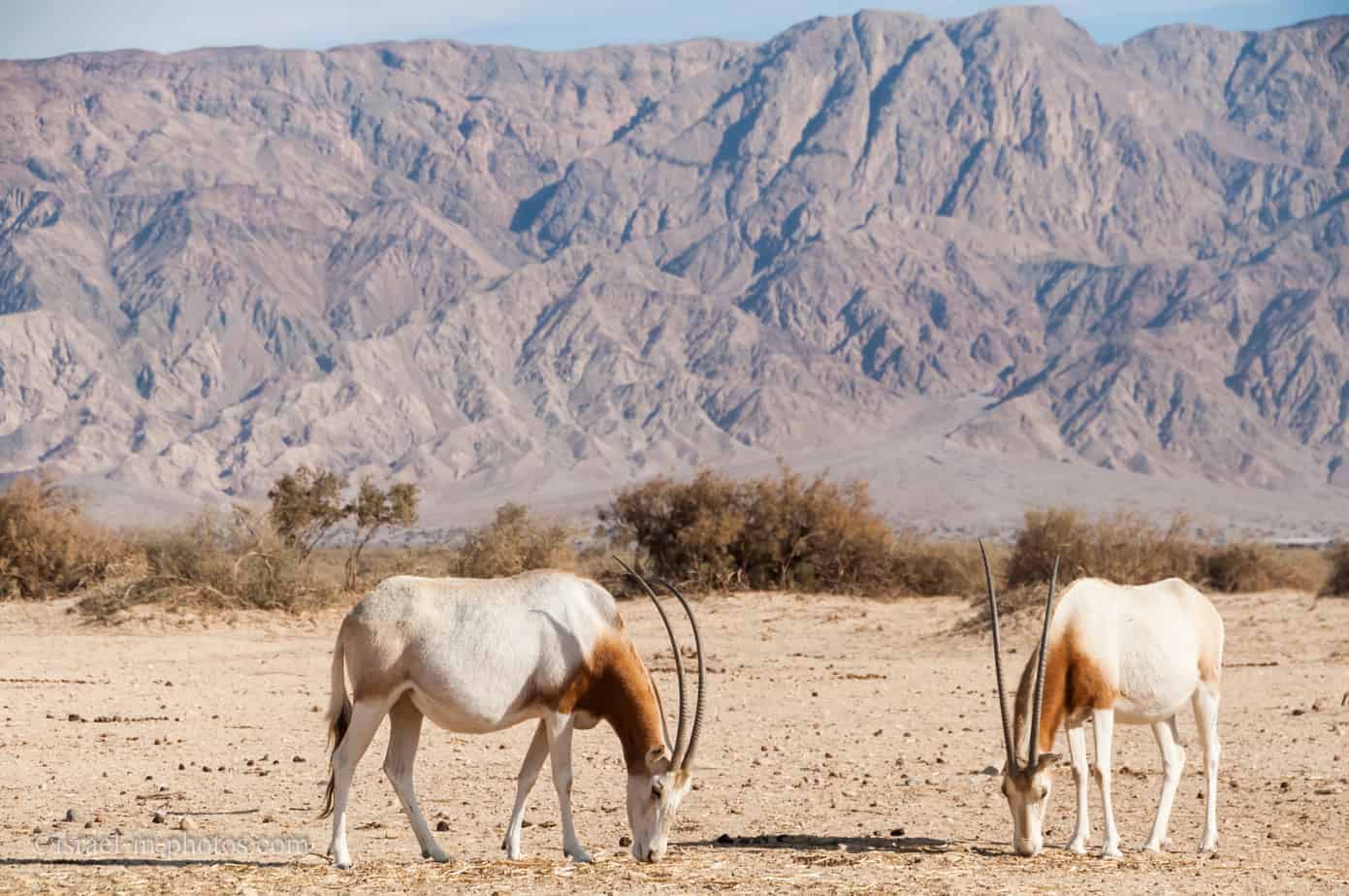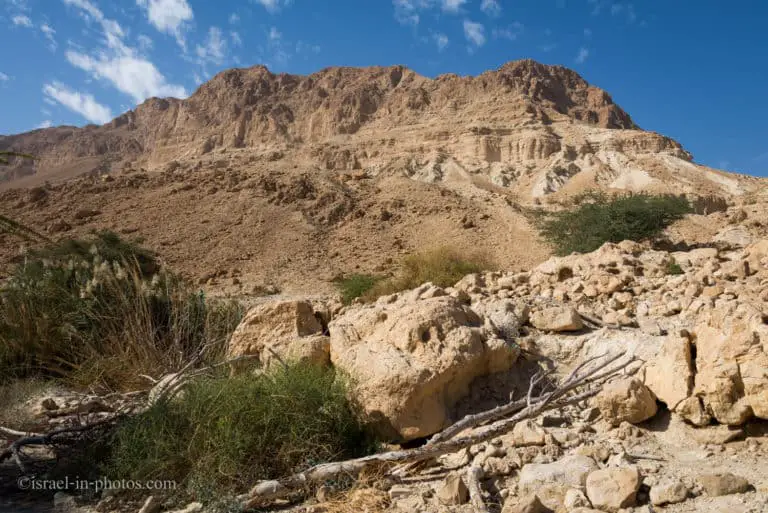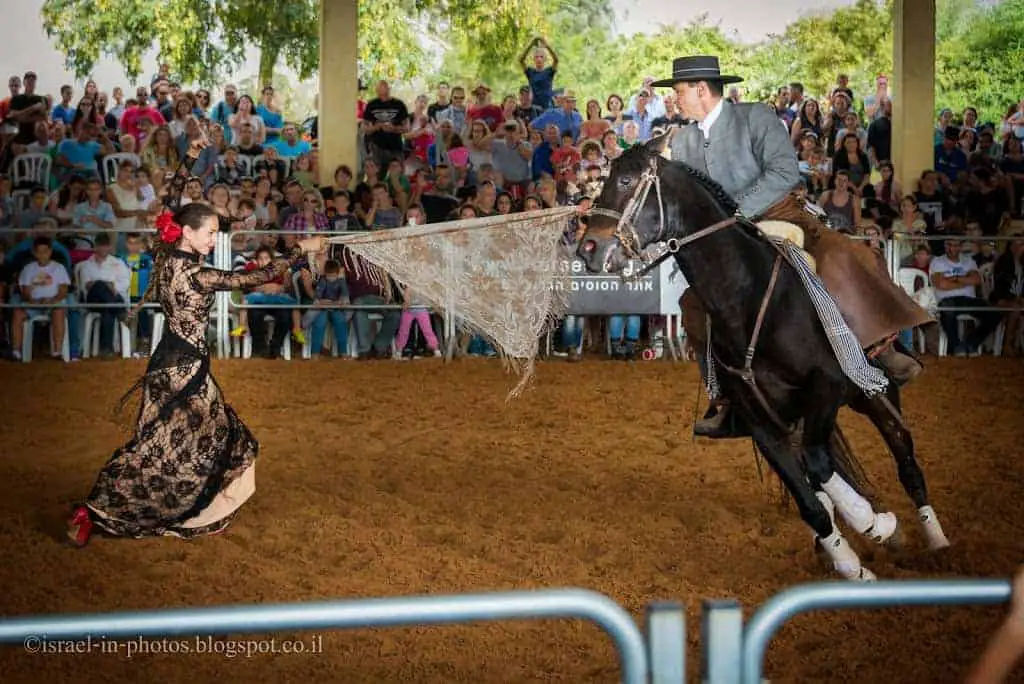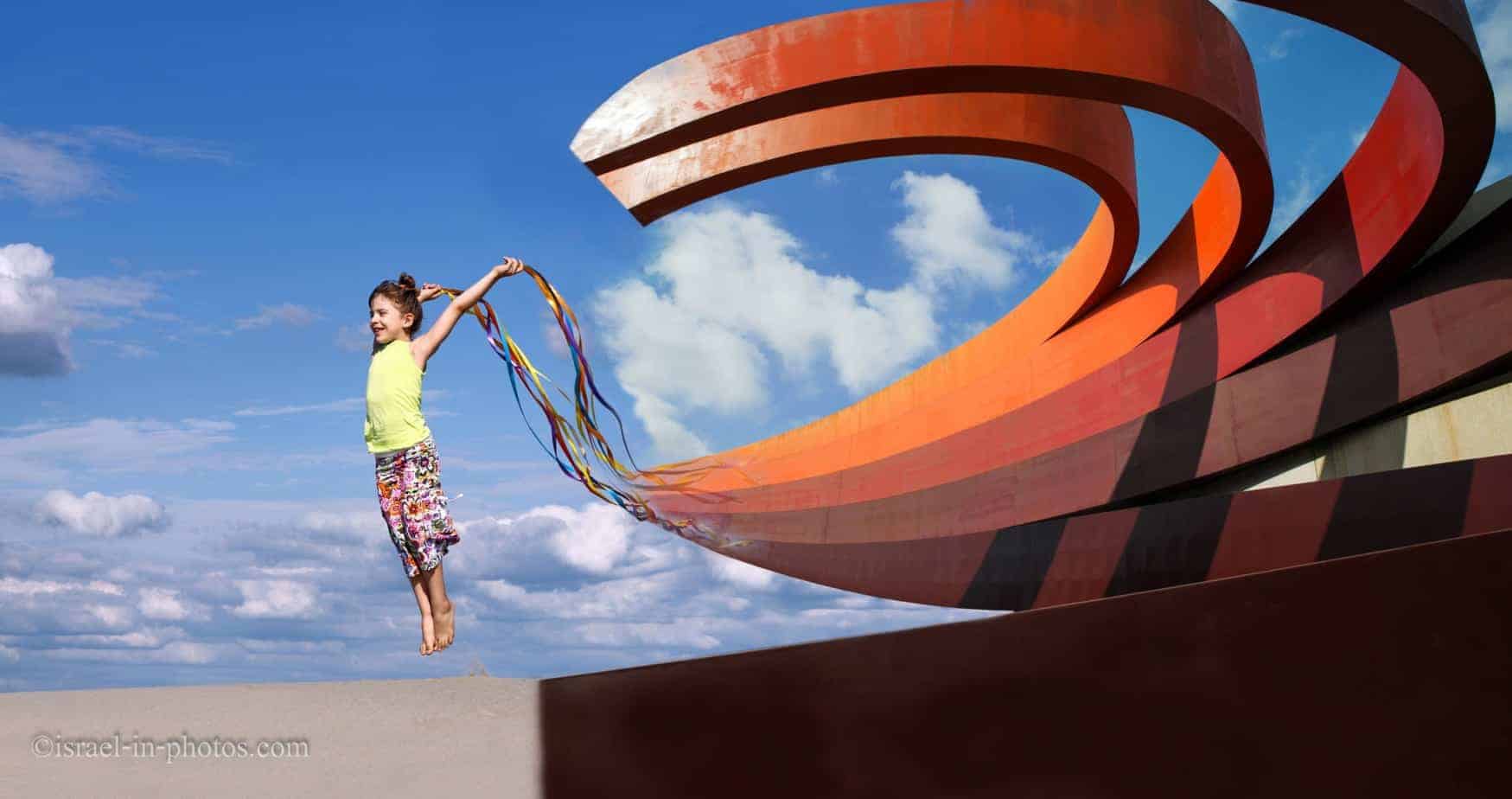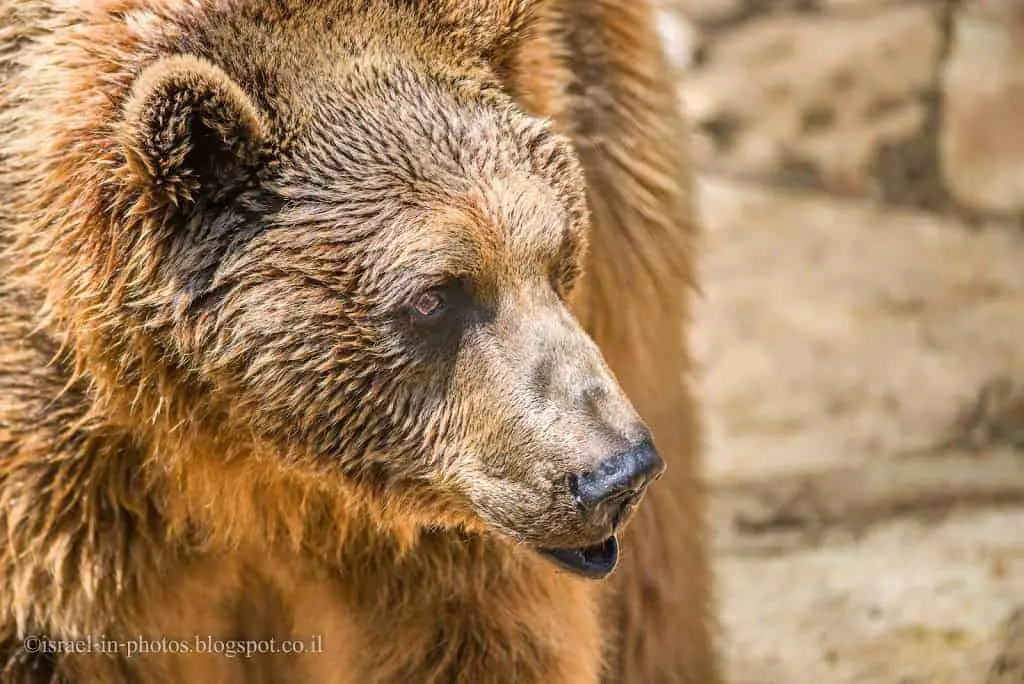Hai-Bar Yotvata Nature Reserve – Visitors Guide
Hai-Bar Yotvata was established to cultivate the breeding of animals mentioned in the Bible and other endangered desert animals.
Note: for additional information about animals and wildlife, check out Zoos and Aquariums in Israel.
Table of Contents
Map
Hai-Bar Yotvata is about 35 km north of Eilat, near the kibbutz Yotvata.
The reserve is on the Yotvata salt flats (on both sides of the Arava Road), between Hashayarot Cliffs in the West and the Jordanian border in the East, covering about 32,000 dunams.
Note: unless stated otherwise, all quotes were taken from the official site.
Directions for drivers: Link to Waze and Link to Google Maps
Directions for public transport: Link to Moovit
Interactive map of the area:
Hai-Bar Yotvata Nature Reserve has three main areas. There is an open range, where you drive among wandering animals (like on safari). And there is also the area where animals reside in smaller spaces (similar to a zoo).
Hai-Bar Yotvata is divided into three main sections: a 12-square-kilometer open area where herds of desert herbivores live in conditions similar to the wild; a predator center with enclosures containing large predators, reptiles, and small desert animals; and a ‘darkroom’ to view nocturnal animals when they are active.
Opening Hours
Sunday – Thursday and Saturday: 8:30 – 17:00 (16:00 in winter).
Friday: 8:30 – 16:00 (15:00 in winter).
On holidays usually 8:00 – 13:00.
Note: since the pandemic, Israel Nature and Parks Authority has started to limit the number of people in each park. Thus, reservations are recommended through the official site (you can find the link below).
Entrance Fee
Adult – 28 NIS, child – 14 NIS, and student – 24 NIS. Free for National Parks annual subscribers.
If you visit several National Parks, consider purchasing a combo ticket. For additional information, see National Parks and Nature Reserves.
Note: opening hours and ticket prices were updated in March 2023. In any case, recheck the official site before visiting.
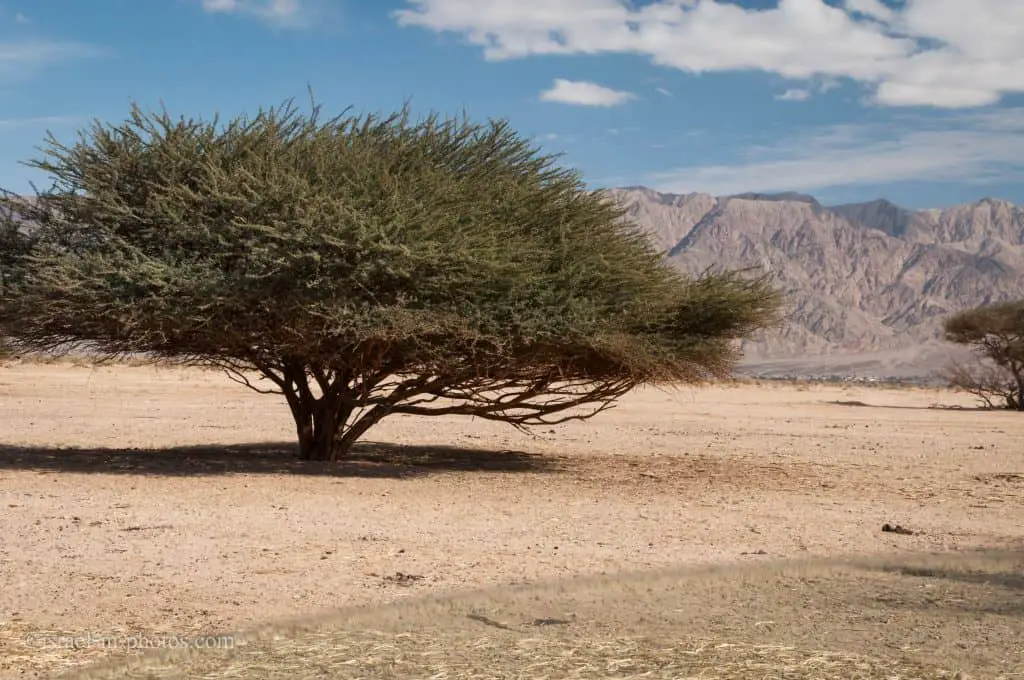
Campsite
If you love sleeping in the wild or looking for something cheaper than hotels in Eilat, then the campsite in Hai-Bar Yotvata can be a good alternative. You can stay in private tents, igloo tents, staff rooms, or arrive with a caravan. You can find additional info here.
Open Area
As we drive through the open area, I want to mention the history of this Hai Bar.
In the 1960s, a public organization was established named “Hay Bar”, under the auspices of the Parks and Nature Reserves Authority, which was managed by Avraham Yaffe and Uri Tzon. The purposes of the organization were to restore some of the wildlife that had become extinct in Israel and to reinforce endangered species. At the beginning of the 1970s, an area of 12,000 dunams was fenced in on the Yotvata salt flats. Large herbivores that had become extinct in Israel were brought in (including a few species that had never been in Israel but were endangered in other parts of the world), among them the Asian wild ass, Addax (white antelope), the Sahara oryx (Oryx Dammah), the white oryx, the African wild ass and ostriches.
In the mid-1980s, another few thousand dunams west of Road 90 were fenced to protect the last population in the world of Acacia Gazelles (Gazella Gazella Acaciae), a sub-species of the mountain gazelle (Gazella Gazella) that is endangered worldwide and is under constant surveillance.

Fauna
Till today, two species have been restored successfully – the Asian wild ass and the Arabian oryx. And since we just saw an Arabian oryx in the open area, I want to bring the relevant quote.
The principal designation of this reserve ever since its establishment is to acclimatize and restore desert herbivores to the wild. To date, two species have been reinstated successfully – the onager (Asian wild ass – Equus hemionus) and the Arabian oryx (Oryx Leucoryx). The onagers were first restored to the wild in 1982 in Makhtesh Ramon, and have established themselves in a considerable part of the Negev Mountains. The oryx have been returned to the wild in 1996 in the northern Arava and the large waterways. At the beginning of this century the first attempt in the world was made to re-establish ostriches in the wild, but without success so far.
Other prominent animals in the Hay Bar are the African wild ass, the addax, and the Sahara oryx. The maintenance of these species is part of an international endeavor to protect them in captivity, and they are not intended to be restored to the wild in Israel.
In the open spaces of the reserve, there is also a herd of Dorcas gazelles (Gazella Dorcas), living there quite naturally, as well as acacia gazelles (Gazella Gazella Acaciae) – a very rare sub-species of the mountain gazelle (Gazella Gazella).

Here are several additional photos from the open area.


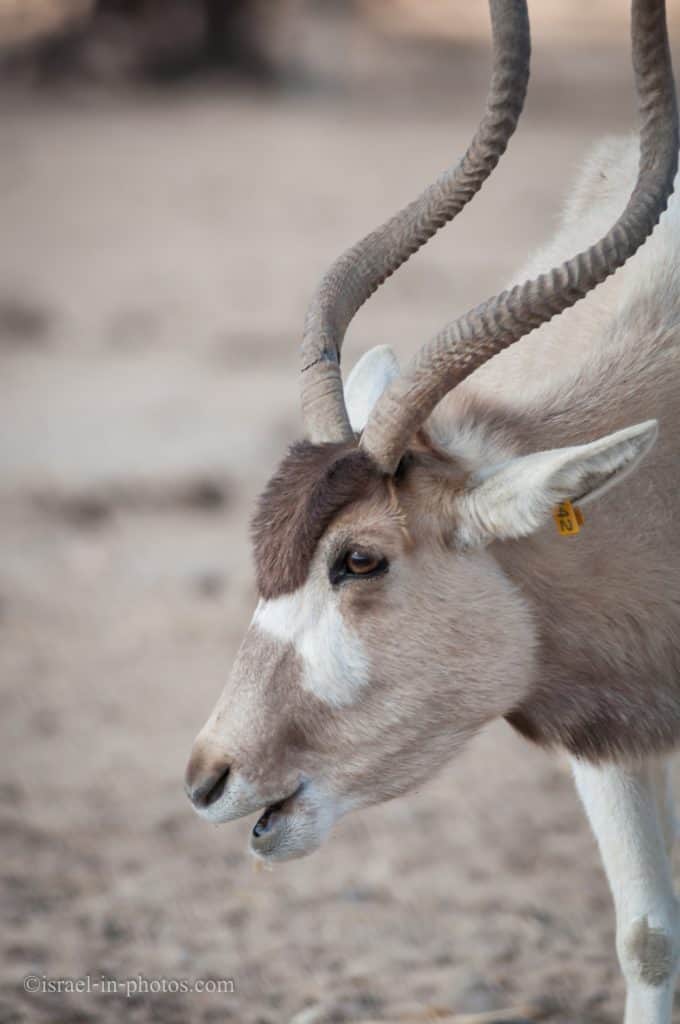


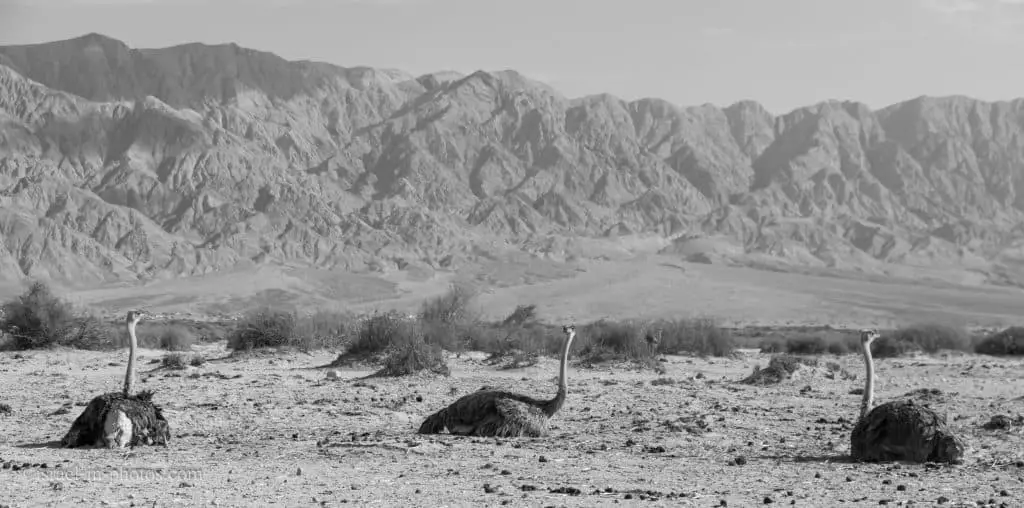
The Predator Center
Like Hai-Bar Carmel, they pick up wounded birds of prey and heal them.
Here are several additional photos from the predator area.

The variety of animals in the open is quite small. In the closed area, the number of species is slightly bigger, but all animals are either behind thick (and usually not clean glass) or behind bars. So do not count on getting great photos.
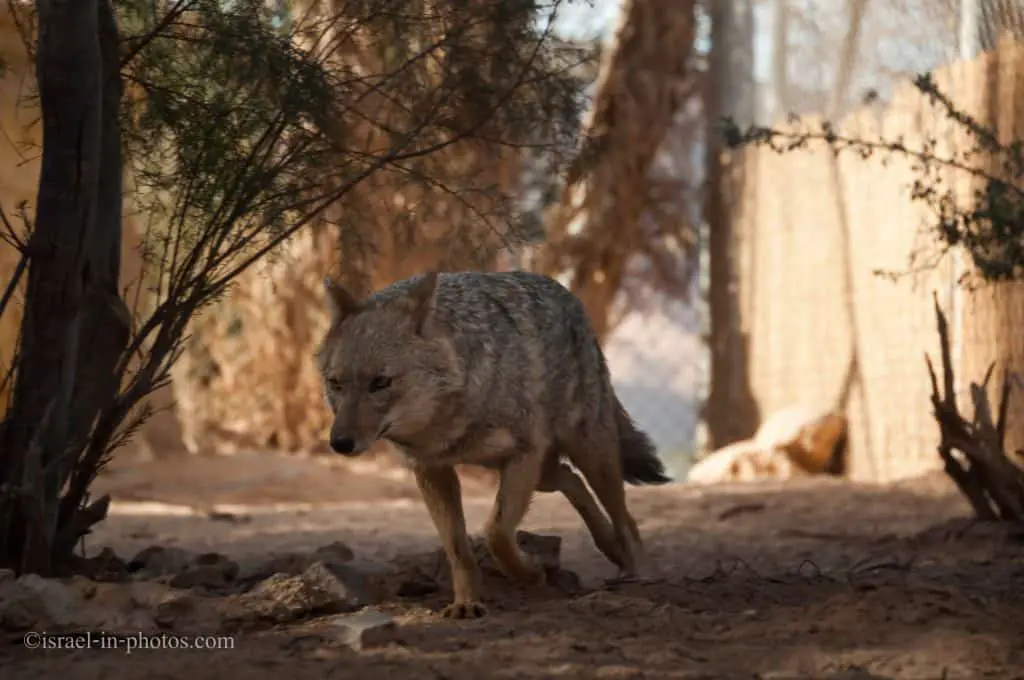


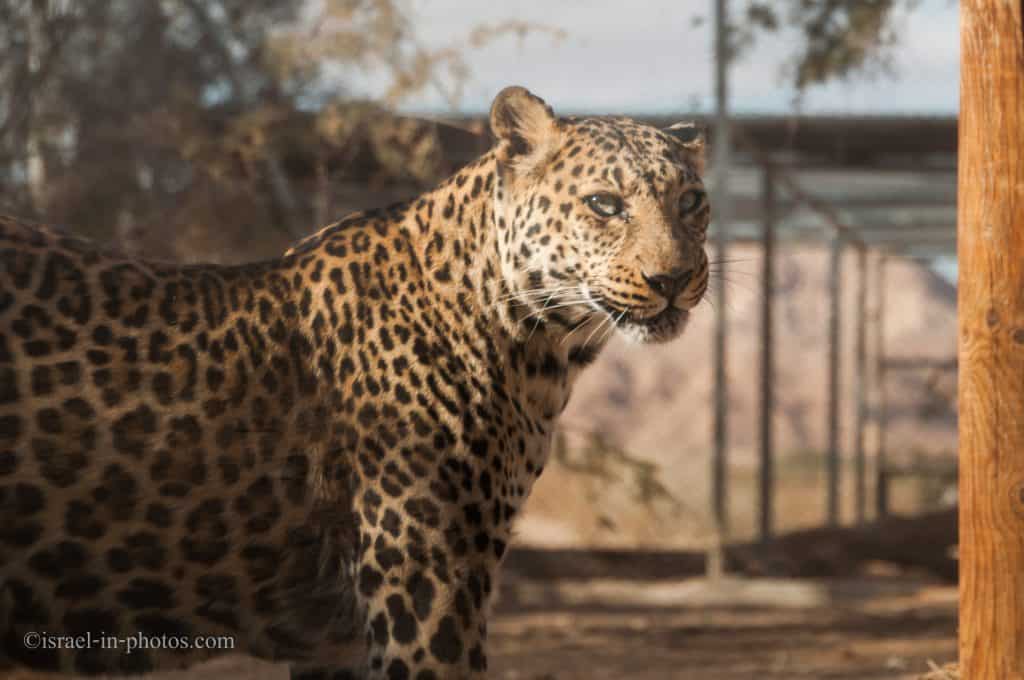

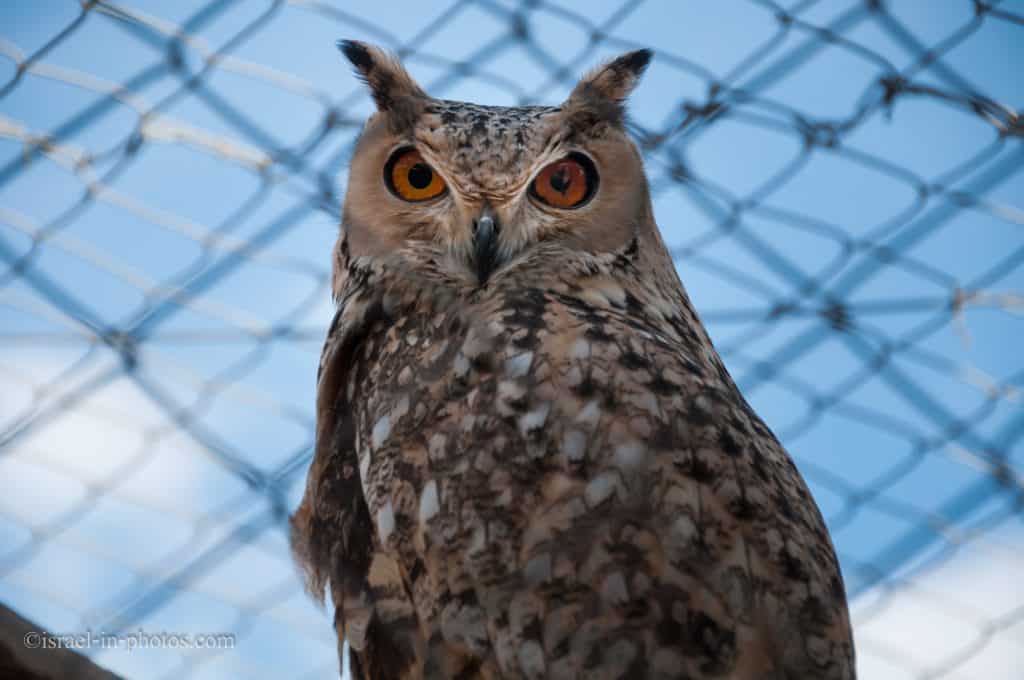
Summary
Though it is a Safari, you will be disappointed if you compare it to Ramat Gan Safari. Keep in mind this is not a zoo and not a Safari. Hai-Bar Yotvata was established to cultivate the breeding of several species of animals. Thus the variety of animals is not that wide, and a typical visit will be 1 – 3 hours. Our visit to Hai-Bar Yotvata took around two hours, and we continued to Eilat.
Note: for additional info about animals and wildlife, see Zoos and Aquariums in Israel.
Have you ever visited Hai-Bar Yotvata Nature Reserve? How was your experience? Tell us in the comments below.
That’s all for today, and I’ll see you in future travels!
Stay Tuned!
Additional Resources
Here are several resources that I created to help travelers:- Trip Planner with Attractions and Itineraries is the page that will help you create your perfect travel route.
- What is the Best Time to visit Israel? To answer this question, we will consider the weather, prices, holidays, festivals, and more.
- Information and Tips for Tourists to Israel will answer the most common questions tourists have about Israel (including safety, passports, weather, currency, tipping, electricity, and much more).
- Israel National Parks and Nature Reserves include a complete list, top ten, map, tickets (Israel Pass, Matmon, combo), and campsites.
- If you are looking for things to do, here are the pages for Jerusalem, Tel Aviv, Haifa, Sea Of Galilee, Akko (Acre), Eilat, Nazareth, Safed (Tzfat), and Makhtesh Ramon.

